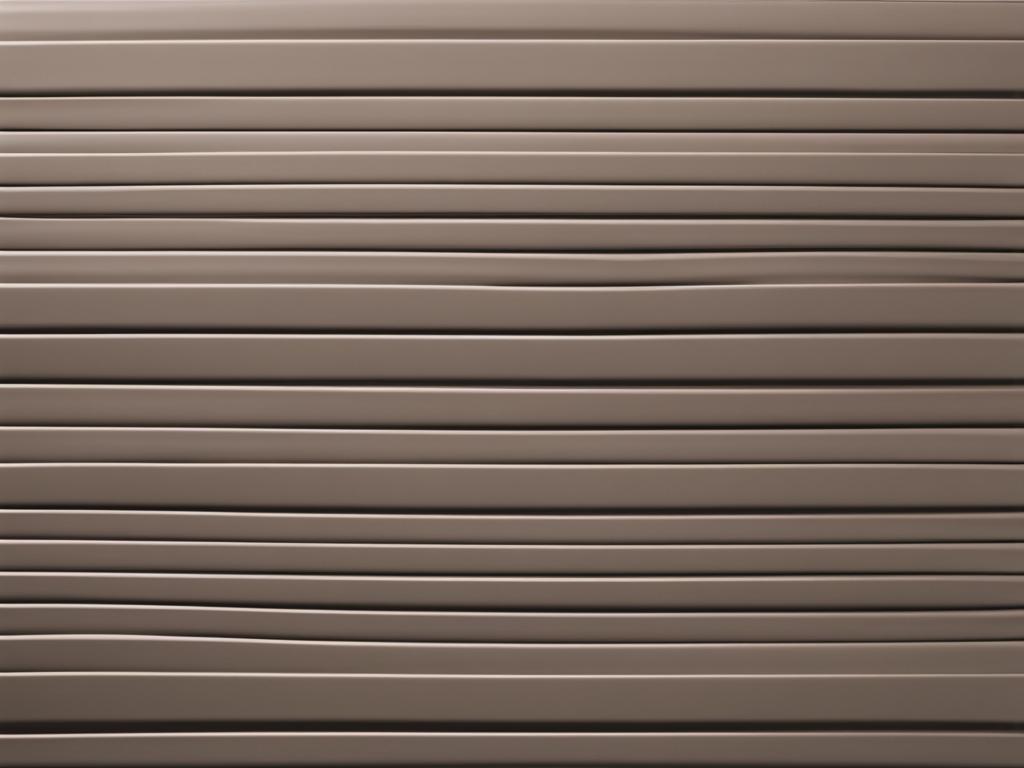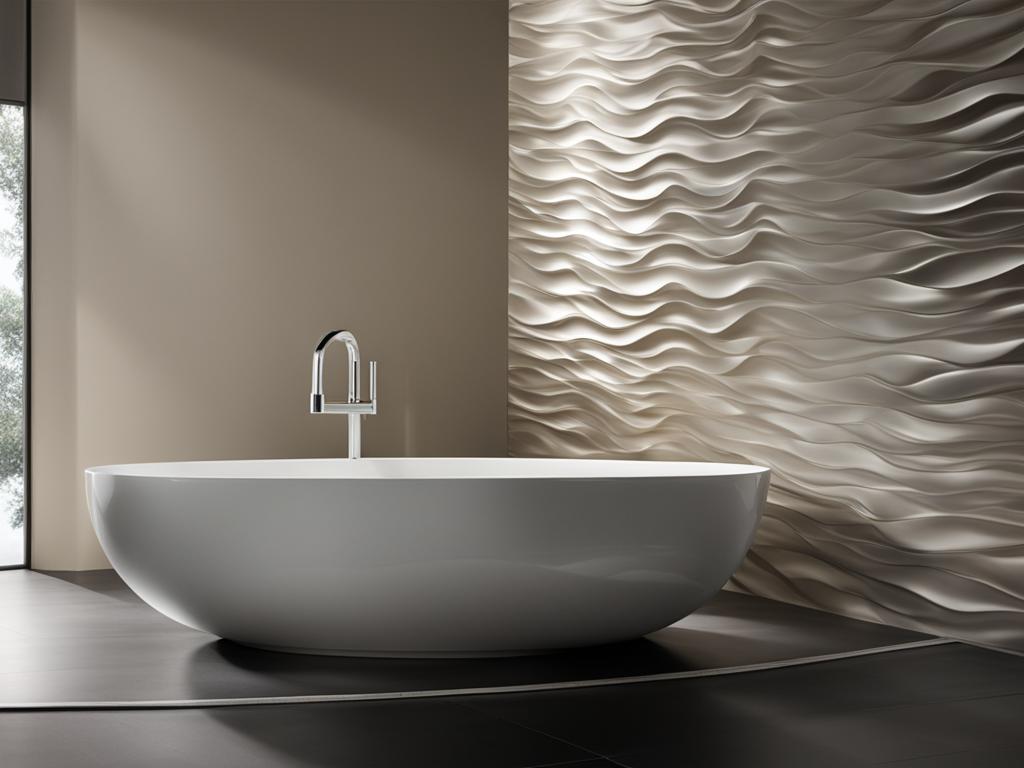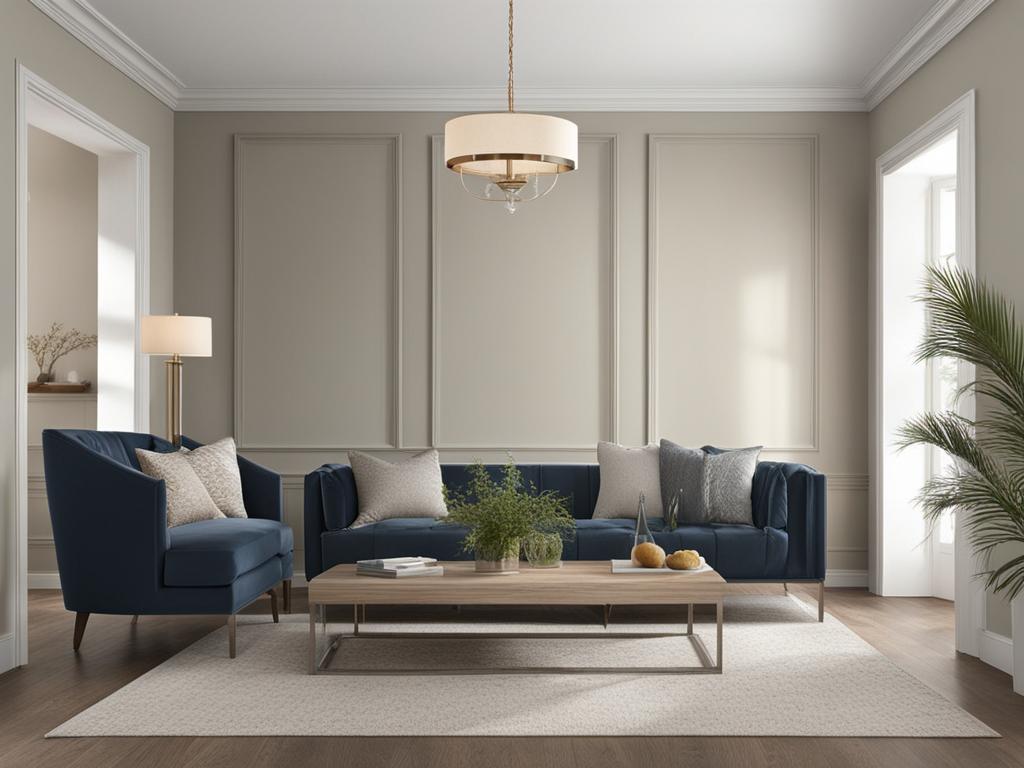Sherwin Williams offers a range of finishes for their paints, including satin and eggshell. When it comes to choosing the right finish for your walls, it’s essential to understand the differences between satin and eggshell to make an informed decision. In this article, we will compare the characteristics, appearance, durability, and best uses of Sherwin Williams satin and eggshell finishes.
Key Takeaways:
- Satin paint has a higher sheen and is more reflective and durable compared to eggshell.
- Satin finishes are ideal for high-traffic areas like bathrooms and kitchens.
- Eggshell paint has a subtle sheen and is suitable for medium- to low-traffic areas like living rooms and dining rooms.
- Eggshell finishes can help to hide wall imperfections.
- Consider the specific needs and desired appearance of your space before choosing between satin and eggshell finishes.
What is Satin Paint?
Satin paint, known for its velvety luster, is a popular choice when it comes to paint finishes. It offers a slightly higher sheen compared to eggshell, giving it a reflective and durable quality that is favored by many homeowners and professionals.
The Sherwin Williams satin vs eggshell debate is a common topic among those deciding on the perfect finish for their painting projects. Understanding the differences between satin and eggshell finishes is key to making an informed decision.
Satin finishes are known for their versatility and are often used in bathrooms, kitchens, and high-traffic areas due to their durability. The subtle shine of satin can add an understated depth to a space and enhance the chosen paint color. However, it’s important to note that satin finishes tend to emphasize any imperfections on the walls. Therefore, it is recommended to ensure that the walls are smooth and blemish-free before applying satin paint.
In the comparison of sherwin williams satin vs eggshell, satin finish vs eggshell finish, Satin paint offers a durable and reflective quality that is perfect for high-traffic areas, kitchens, and bathrooms. Its velvety luster can bring out the richness of the chosen paint color, creating a visually appealing result for your painting project.

“Satin finishes are like velvet for your walls. They add a touch of elegance and durability to any space.”
What is Eggshell Paint?
Eggshell paint is a popular choice for interior walls due to its unique characteristics and versatile nature. It offers a low luster finish with a subtle sheen, similar to that of an eggshell. The delicate balance of reflection and diffusion of light creates a sense of depth in a room without appearing overly shiny. This makes eggshell finishes a great option for spaces that require a touch of sophistication and elegance.
One of the key advantages of eggshell paint is its durability. It is designed to withstand daily wear and tear without showing signs of damage easily. This is especially important in high-traffic areas such as living rooms and dining rooms, where walls are prone to accidental scuffs or bumps. The durability of eggshell finishes ensures that your walls will stay looking fresh and beautiful for longer periods.
Disguising Imperfections and Maintaining Cleanliness
Another benefit of eggshell paint is its ability to disguise minor wall imperfections. The slight sheen of the finish helps to soften the appearance of bumps, dents, or uneven surfaces, creating a smoother overall look. This makes eggshell paint a popular choice for older homes or walls that may not be perfectly smooth.
In addition, eggshell finishes are less likely to pick up dirt or smudges compared to higher sheen paints like satin. The subtle sheen reflects light in a way that minimizes the appearance of fingerprints, making it easier to keep your walls looking clean and fresh. Regular dusting or wiping down will typically suffice to maintain the beauty of eggshell-finished walls.
Enhancing the Effect with Lighting
The soft sheen of eggshell paint can be further accentuated by incorporating appropriate lighting in a room. Brighter lighting sources, such as decorative wall sconces or recessed lighting, can create a stunning interplay between light and shadow on the subtly reflective surface of the finish. This can add depth and visual interest to your space, making it feel more inviting and cozy.
Overall, eggshell paint offers a balance between durability, style, and versatility. It is perfect for rooms that require a touch of elegance while still maintaining a practical and functional surface. Whether you’re redecorating your living room or updating your dining area, eggshell paint is a reliable choice that can transform your walls into works of art.
Key Differences between Satin and Eggshell Finishes
Satin and eggshell finishes have distinct differences that are important to consider when choosing the right finish for your walls. Understanding these differences can help you achieve the desired look and durability for your painting project.
Satin Finish:
- Higher sheen and a more reflective appearance compared to eggshell finish.
- Provides a durable surface that can withstand frequent cleaning and scrubbing.
- Ideal for high-traffic areas like bathrooms and kitchens.
- Enhances the depth of paint color and adds a subtle luster to the walls.
Eggshell Finish:
- Has a lower luster, similar to that of an eggshell.
- Provides a soft sheen, offering a subtle elegance to the space.
- Camouflages wall imperfections, making it ideal for living rooms and dining rooms.
- Requires less maintenance and is less likely to show dirt or scuff marks.
Choosing between satin and eggshell finishes ultimately depends on the specific needs of your project. Consider the level of durability required, the desired appearance, and the traffic in the area where the paint will be applied. Consulting with a professional or visiting a Sherwin Williams store can provide further guidance in selecting the best finish for your walls.

Continue reading to learn which finish is the best pick for your walls.
Conclusion
When considering Sherwin Williams satin and eggshell finishes for your painting project, it is important to evaluate your specific needs and desired aesthetic. Satin paint offers a slightly higher sheen and increased durability, making it an excellent choice for high-traffic areas such as bathrooms and kitchens. On the other hand, eggshell paint provides a low luster that can help camouflage imperfections in medium- to low-traffic areas like living rooms and dining rooms.
To make the best decision for your walls, carefully consider the specific requirements of your space. If you are seeking a finish that adds depth and enhances the chosen paint color, satin may be the ideal choice. However, if you are looking to minimize the appearance of any wall imperfections and prefer a softer sheen, eggshell may be more suitable.
For additional guidance and expert advice, it is recommended to consult with a professional or visit a Sherwin Williams store. Their experienced staff can provide personalized recommendations based on your project’s unique needs and help you choose the best finish for your walls.
FAQ
What is the difference between satin and eggshell finishes?
Satin finishes have a higher sheen and appear more reflective and durable compared to the slightly lower luster of eggshell finishes. Satin is best suited for high-traffic areas, bathrooms, and kitchens, while eggshell is ideal for low-traffic areas like living rooms and dining rooms.
Which rooms are satin finishes suitable for?
Satin finishes are commonly used in bathrooms, kitchens, and high-traffic areas due to their durability. They provide an understated depth and can enliven the chosen paint color.
Which rooms are eggshell finishes suitable for?
Eggshell finishes are commonly used in living rooms and dining rooms because they are durable and don’t pick up dirt easily. They provide a soft sheen and can help hide imperfections on the walls.
How can I choose between satin and eggshell finishes?
The choice between satin and eggshell finishes depends on the specific needs of your project and the look you want to achieve. Consider the traffic in the room, the desired appearance, and whether you want to hide imperfections before making a decision.
Can satin and eggshell finishes be used on the same surface?
Yes, satin and eggshell finishes can be used on the same surface. However, it is important to ensure that the surface is properly prepared and smooth to avoid emphasizing any imperfections.
